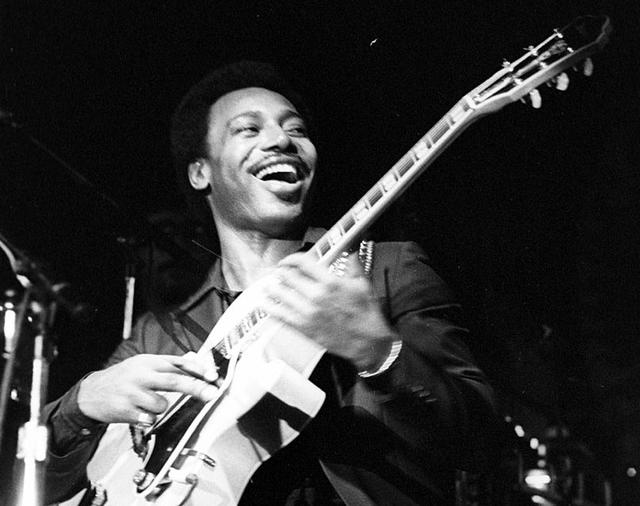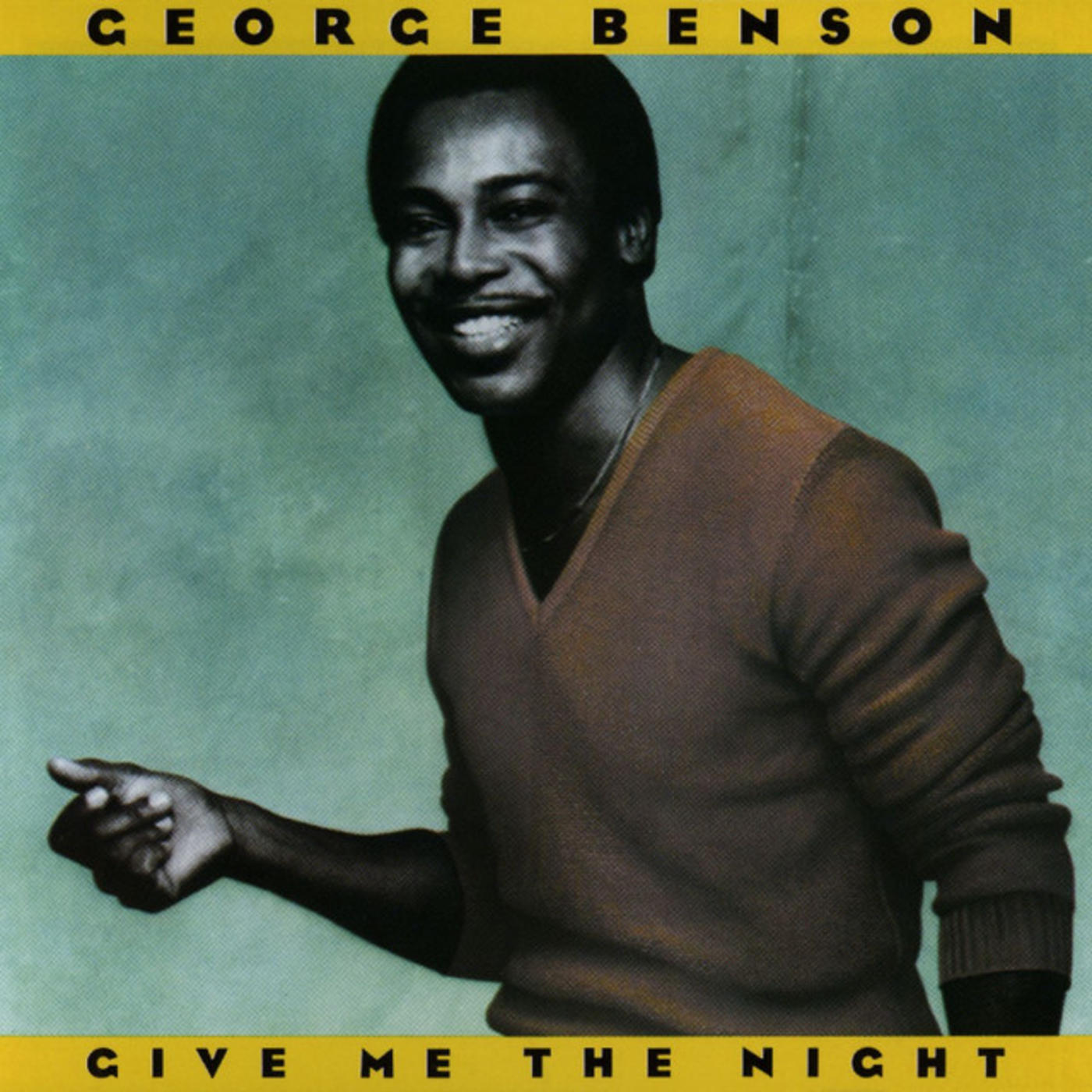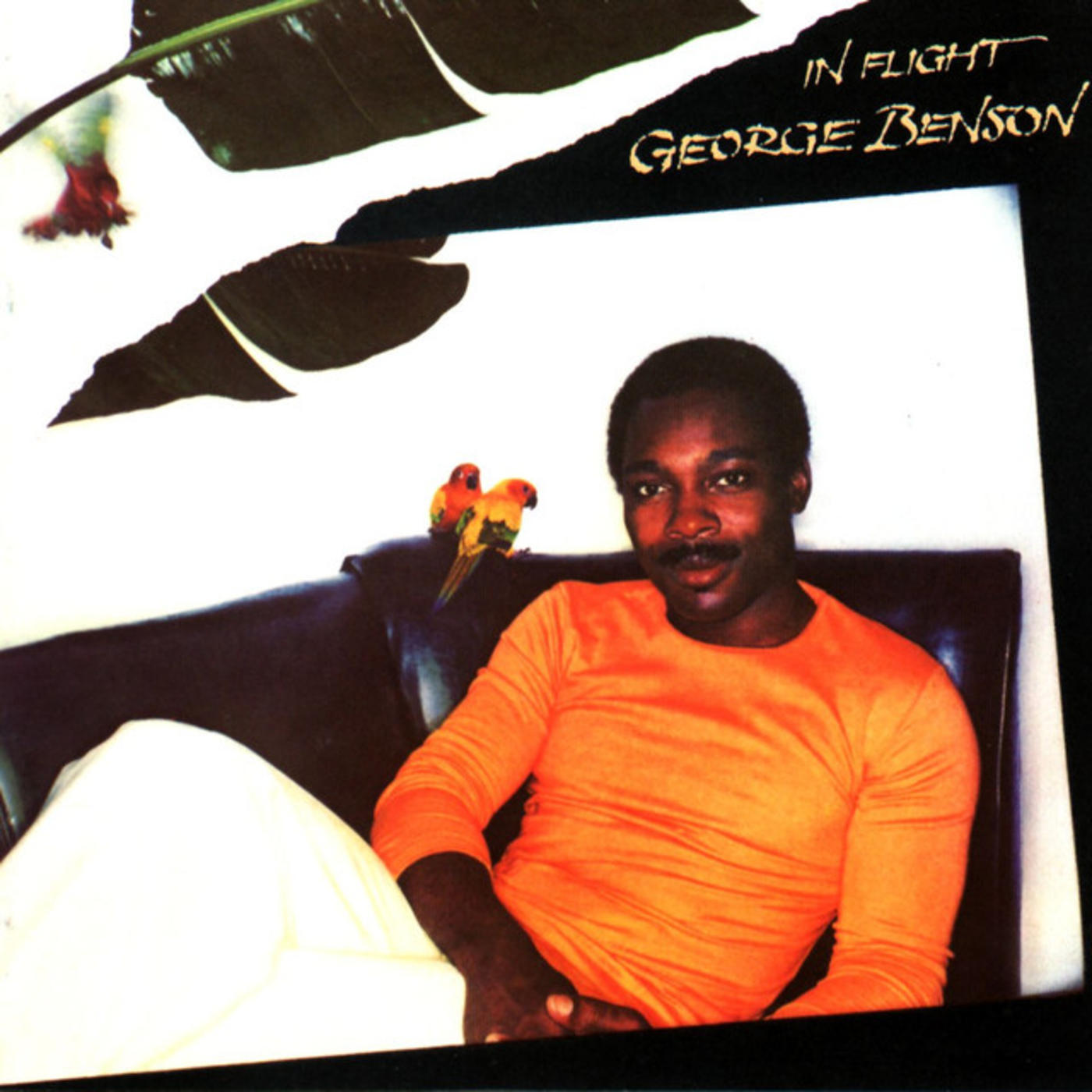The RHINO Interview: GEORGE BENSON

In the summer of 1976, George Benson's BREEZIN' album reigned atop the Billboard 200 for two weeks straight as the heat of July simmered into the early days of August. The sound of Benson's distinctively smooth, clean guitar tones on the title track and hit single, "This Masquerade," echoed across backyard BBQs, parks and beaches across America as the country celebrated its bicentennial.
We recently had an opportunity to chat with George Benson about his auspicious Warner Bros. debut, and the inspirations that made BREEZIN' such a timeless classic.
BREEZIN' is one of the definitive albums of 1976. It was popular enough to take the #1 spot on the Billboard 200 away from "Frampton Comes Alive" for two weeks in a row that summer. What do you recall of the mood and atmosphere in the recording studio while making the record?
One of the main reasons why Breezin' was important to me was the way in which I was influenced to record it. I heard this popular cat, Peter Frampton, had talked about me in an article mentioning I was one of his favorite artists. So, I started looking him up and listening to his music, and I liked his personality. I also admired the instrumentation he was using. So, I hired a new batch of musicians for the studio. The great percussionist, Ralph McDonald, the best wah-wah guitar player, Phil Upchurdch, and the baddest drummer, Harry Mason. Ronnie Foster and Jorge Dalto on keys livened things up. And on bass, my brother Stanley Banks, who is still in my band today. Wow, what a tremendous group of talented musicians! That's what made Breezin' great.
What was the inspiration behind covering Leon Russell's "This Masquerade"?
I liked the song because it was a spinoff of one of the most beloved jazz tunes called "Angel Eyes." Leon's version of it was accepted among pop lovers, and had some good success. Tommy Lipuma swore people would love to hear me singing it. I disagreed, but after some good old producer pushing, I agreed to do one take to see what happened (laughs). That one take was the only take ever recorded by me. Tommy made a statement in the studio which turned out to be the truth: "We could be here all day tracking, and it will never get better than this." He immediately took the recording to Warner Bros. All the executives were in a high-level meeting in which he broke in. He played "This Masquarade" fresh out of the studio to this group of hit-makers, and they all fell in love with it immediately. When asked who was the artist, he said George Benson. They were shocked, as they only thought of me as a guitar player until then.
A lot of people don't realize that the "Breezin'" was originally written by Bobby Womack. How did you come across the song, and what led you to make it your own and the title track of your album?
I knew Gabor Szabo, the Hungarian artist who first recorded it. His version was very popular, especially at black radio, but it was simple. It never appealed to me as a piece of art, so I rejected it when people asked me to play it. It was not a challenging piece of music, which I craved in that era. When Tommy LiPuma suggested I record it, being he was the original producer, I rejected him too. But I remembered something very important: it had been a hit two times before me. Once for Sammy Gordon & the Hip Huggers, and then for Gabor. People obviously liked the song, so I thought I should at least see if I could record it differently than them. I asked Tommy to invite Bobby Womack to the studio. He shared with me an idea he always had wanted to begin the song with, which is now the infamous orchestral opening sequence. At that point I was sold.
You once told the New York Times that Frank Sinatra encouraged you to sing more on your records. What was it like getting that kind of advice from such a legendary vocalist? How was he to work with?
I was awestruck like everyone else in the studio while recording Frank Sinatra's "L.A. Is My Lady" under the direction of Quincy Jones. It was recorded in New York City at a gigantic studio with the most illustrious names in the music scene. I happened to be one of those privileged musicians and, to my surprise, Mr. Sinatra knew a lot about my career. He called me over to sit beside him while we were recording, so I brought my guitar and stool over, but I was also sure to bring one of his best friends in life with me, the great guitarist Al Viola, for support. I was so nervous. Mr. Sinatra paid me a special compliment that day that will stay with me forever. He said, "Everyone knows about your guitar playing, but I love your voice, too." That cancelled out all the bad press I was getting from people insisting I was a better instrumentalist than a singer. And I believe I became an even better singer after that. He gave me the confidence I needed to take it to the next level.
--Scott T. Sterling


